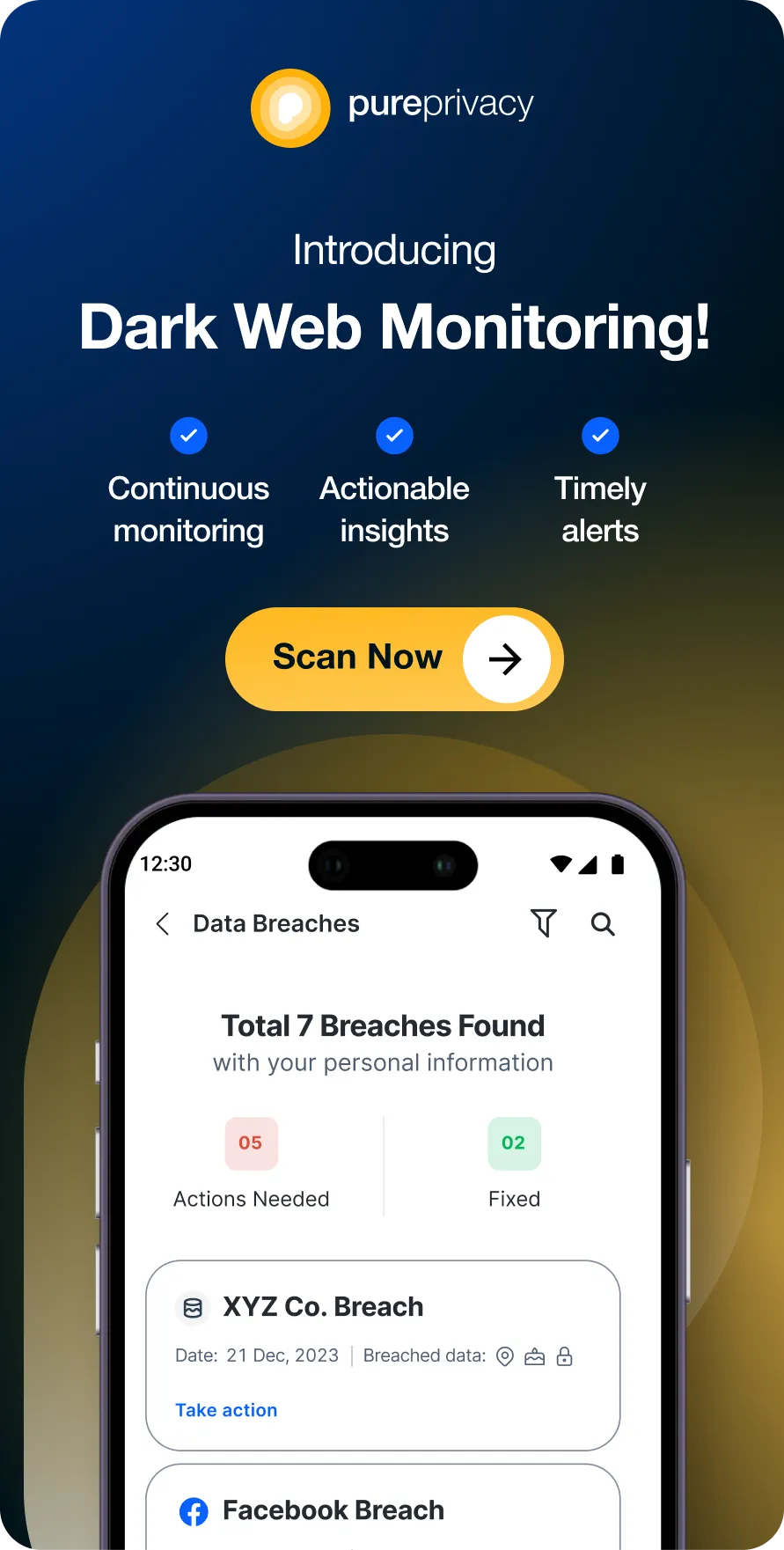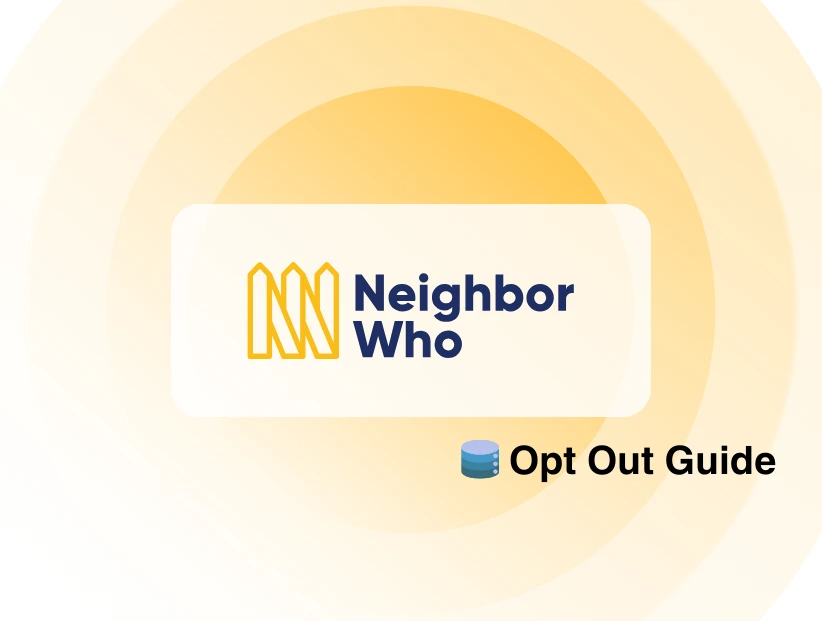Setting up port forwarding on a network with two routers can be tricky due to issues like double NAT, firewall, CGNAT, and confusing router interfaces. Plus, not all routers are configured for port forwarding. This guide will break down the challenges and provide clear, step-by-step solutions to port forward between two routers.
What is Port Forwarding?
Port forwarding is a networking technique that allows devices outside your home network to access specific applications or services running on devices within your network.
How Would You Know if Your Network Uses Two Routers?
Here are some ways to determine if your network uses two routers:
- Physically check if you have two distinct router devices in your home or office.
- Observe how the devices are connected. If one router is connected to another using an Ethernet cable, it strongly suggests a two-router setup.
- Examine the IP addresses assigned to your devices. If you see different IP address ranges or subnets, it could indicate the presence of two routers.
- Attempt to access the web interface of multiple routers. If you can successfully log in to two different router interfaces, it confirms the use of two routers.
- If you see two different WiFi network names (SSID) available, it's a strong indicator of two separate routers broadcasting their own WiFi signals.
- If you experience intermittent slowdowns or disconnections in certain areas of your home or office, it might be due to weak WiFi signals from a single router. A second router can extend coverage and improve performance.
What Do You Need to Know to Port Forward with Two Routers?
Before you begin the port forwarding process, it's crucial to have the following information readily available:
- Network Configuration
Confirm that your network indeed utilizes two routers. Determine which router your device is directly connected to. Verify the status of NAT Loopback on both routers.
- Device and Router Information
Obtain the internal IP address of the device you wish to forward ports to. Determine the internal and (if applicable) external IP addresses of both routers.
- Port Forwarding Specifications
Identify the specific port numbers (or range of ports) you need to forward. For example, TCP port 80 for web servers or UDP port 5000 for specific gaming applications.
- Administrative Access
You'll need administrative access (username and password) to both routers to configure port forwarding rules.
5 Ways to Check which Router is Connected to the Internet
- Check the Modem's Connection
Locate your modem. Observe which router has an Ethernet cable directly connected to the modem. This router is typically the one with the primary internet connection.
- Router Interfaces
Access the web interfaces of both routers. Look for information about the internet connection status within each router's interface. The router with an active internet connection will usually display information like the public IP address assigned by the ISP, connection speed, and signal strength.
- Device Connection Tests
Use the command prompt (Windows) or terminal (macOS/Linux) to ping an external website from a device connected to each router. The router with successful ping responses is likely the one connected to the internet.
- Check Router LEDs
Observe the LEDs on each router. The router with a consistently active internet activity LED (often labeled "Internet," "WAN," or with an internet globe icon) is usually the one connected to the internet.
- Consult Router Documentation
Review the documentation for both routers. It might provide specific information on how to identify the router with the primary internet connection.
How to Enable NAT Loopback on Both Routers to Open Ports?
When you have a network with two routers (dual-router network), it's crucial to enable NAT Loopback on both devices.
What is NAT Loopback?
NAT Loopback allows devices on your local network to communicate with each other using their local IP addresses. This is essential for proper network function, especially in a dual-router setup where communication between devices on different router segments can be restricted.
How to Enable NAT Loopback
- Access the web interface of each router and look for an option related to "NAT Loopback," "Local Network," or similar terms.
- If you cannot find this option, refer to your router's manual for specific instructions on enabling NAT Loopback.
Designating the Primary Router
- Access the web interface of the router connected to the internet (primary router) and disable its DHCP server.
- Access the web interface of the secondary router and ensure its DHCP server is enabled. This allows the secondary router to assign unique IP addresses to devices connected to it.
How to Know the IP Address of Both the Routers on Different Devices to Forward Ports
Using Command Prompt (Windows)
- Press the Windows key, type "cmd," and press Enter.
- Type ipconfig and press Enter.
- Look for the line that says "Default Gateway." The IP address listed next to it is the IP address of your router.
Using System Preferences (macOS)
- Click on the Apple icon in the top left corner and select "System Preferences."
- Click on "Network."
- Select the Wi-Fi network you're connected to.
- Click the "Advanced" button.
- Go to the "TCP/IP" tab. The router's IP address will be listed under "Router."
Using Android Phone
- Open the Settings app and go to "Wi-Fi."
- Tap on the name of the Wi-Fi network you're connected to.
- Tap on the gear icon or the "i" information icon.
- Look for the "Gateway" or "Router" entry. The listed IP address is your router's IP address.
Using iPhone/iPad
- Open the Settings app and go to "Wi-Fi."
- Tap on the name of the Wi-Fi network you're connected to.
- Scroll down to find the "Router" entry. The listed IP address is your router's IP address.
Checking Router's Label/Documentation
Check the back or bottom of your router for a sticker that may list the default IP address. Refer to your router's user manual or documentation. It often includes the default IP address.
Step-by-Step Guide to Port Forward Two Routers Manually
You have the prerequisites to enable port forwarding on your routers. The next steps are:
- Configure the Primary Router:
- Access your primary router's web interface.
- Locate and enable the DMZ (Demilitarized Zone) setting.
- Within the DMZ settings, enter the WAN IP address of your secondary router.
- Save the changes applied to your primary router.
2. Access the Secondary Router:
- Log in to the web interface of your secondary router.
- Search for the Port Forwarding or Virtual Server option within the secondary router's settings.
- Enter the IPv4 address of the device you want to forward ports to (e.g., your game console, or security camera).
- Specify the TCP or UDP ports that need to be forwarded. For example, if you're playing an online game, you'll need to forward the game's specific ports.
3. Save the Configuration:
- Save the port forwarding rules you've configured on the secondary router.
- Restart both your primary and secondary routers to apply the changes effectively.
Why Opening Ports Behind CGNAT is an Issue?
Opening ports behind CGNAT (Carrier Grade Network Address Translation) can be challening because CGNAT itself translates multiple private IP addresses to a single public IP address. This shared IP address makes it impossible to directly route incoming traffic to a specific device on your network. With CGNAT, even if you configure port forwarding on your router, the incoming traffic will be directed to the shared public IP address, not your specific device. Your IP can get blacklisted or blocked if you try to open ports behind CGNAT.
How to Open Ports Behind CGNAT Hassle-Free
CGNAT, a networking technique used by your ISP to conserve IP addresses, can prevent you from opening ports on your router, restricting access to many applications. PureVPN’s port forwarding add-on, effectively bypasses CGNAT, allowing you to open ports behind your router, without IP blacklisting.
How to Open Ports on Routers Behind CGNAT
- Open the Members area and log in.
- Go to Subscriptions and click Configure next to Port Forwarding.
- Click Enable specific ports and choose the ports you want to open.
- Save your settings and connect to the VPN.
- Your desired ports should now be open, bypassing CGNAT restrictions!
Troubleshooting Common Problems when Port Forwarding with Two Routers
| Problem | Impact | Solution |
| Double NAT | Difficulty accessing devices or services hosted on the network behind the second router from the internet. | Optimize router configurationConsider alternative network topologiesAdvanced techniques |
| Conflicting Port Forwarding Rules | Traffic might be directed to the wrong device, causing connection issues or data corruption. | Optimize router configurationConfigure port forwarding correctlyAvoid conflicts |
| Firewall Interference | Difficulty in establishing connections to devices or services on the network. | Optimize router configurationConsider firewall rules |
| IP Address Management | Incorrect IP address assignments can lead to routing problems and inaccessibility. | Utilize DMZ (Demilitarized Zone)Delegate to Secondary RouterReserve IP address |
| UPnP Incompatibility | Manual port forwarding configuration might be required for devices that rely on UPnP. | Consider firewall rules |
| Router Compatibility | Difficulty in establishing a stable and functional network connection. | Consider alternative network topologies Advanced techniques |
| Troubleshooting Complexity | Increased time and effort required to identify and resolve network problems. | Various Troubleshooting Tips that might not fit at large. |
Frequently Asked Questions (FAQs)
-
Can having 2 routers cause problems?

Yes, having two routers can cause problems if they are not configured correctly. This is because routers use IP addresses to identify devices on a network, and if two routers have the same IP address, it can lead to conflicts and network instability.
-
What happens if two routers have the same IP address while opening ports?

If two routers have the same IP address, port forwarding will not work correctly. This is because the router cannot determine which device to forward traffic to.
-
Can I set up port forwarding for a game with two routers?

Yes, you can set up port forwarding for a game with two routers, but it requires careful configuration. You will need to configure the first router to forward traffic to the second router, and then configure the second router to forward traffic to the game device.
-
Which ports usually need port forwarding to open?

The specific ports that need to be forwarded depend on the game or application you are using. However, some common ports that are often used include:
TCP 21: FTP
TCP 22: SSH
TCP 23: Telnet
TCP 25: SMTP
TCP 53: DNS
TCP 80: HTTP
TCP 110: POP3
TCP 143: IMAP
TCP 443: HTTPS
UDP 500: IPsec
UDP 161: SNMP
UDP 5000: UPnP -
What is double port forwarding?

Double port forwarding is a technique that is used to forward traffic through two routers.
-
Can I port forward ports with CGNAT?

No, you can not port forward if your router is behind CGNAT, a network technique used to limit the IPv4 address. PureVPN’s port forwarding add-on can help you open ports even behind CGNAT.
In Summary!
Port forwarding with two routers is technical and involves many steps. By understanding the concepts of device IP addresses, and router configurations, you can successfully open ports on your network. Remember to address potential issues like Double NAT, firewall conflicts, and CGNAT. To enable port forwarding hassle free, try PureVPN’s port forwarding add-on.





